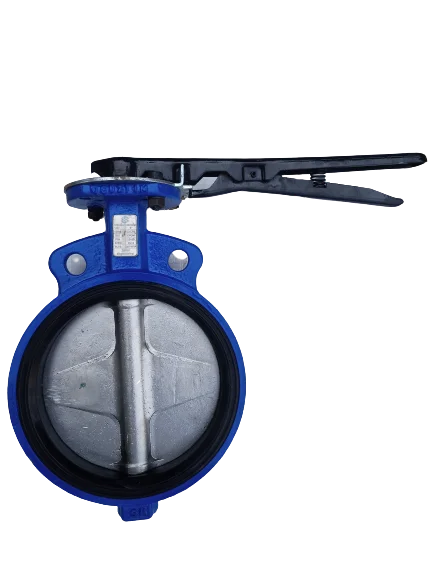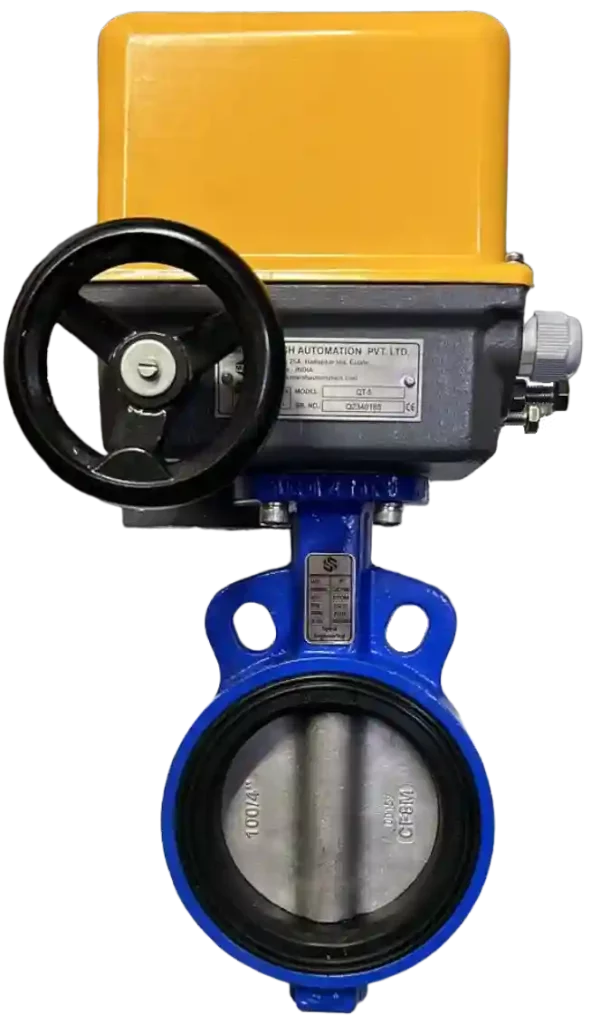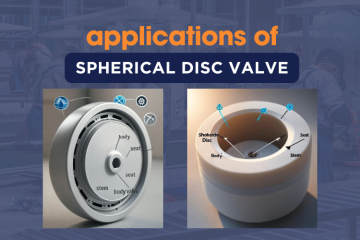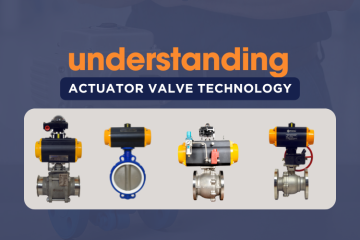Butterfly Valve Guide

1. Introduction:
What is a Butterfly Valve?
A butterfly valve, which uses a disc mounted on a rotating shaft for controlling flow, is an essential part of fluid control systems. To adjust how much fluid passes through the pipe, one can rotate this disc a quarter of the way around. These valves’ flexibility and simplicity of use make them widely used across numerous sectors.

Importance in Fluid Control Systems:
Butterfly valves and other valves must operate properly for fluid control systems to function properly. They are necessary for controlling the flow of gases, liquids, and slurries via pipelines. Butterfly valves are important because they can effectively regulate and isolate the flow, which improves the overall dependability and performance of fluid control systems.
Importance of Proper Valve Selection:
For the best possible system performance, the right kind of valve must be used. It is crucial in this situation to understand the special qualities and factors regarding butterfly valves. In fluid control applications, choosing the right valve guarantees lifetime and efficiency in addition to seamless operation.
check out our valves
2. Advantages and Disadvantages of Butterfly Valves:
Benefits:
Quarter-Turn Operation:
Butterfly valves are useful in applications that call for quick response because of their quick quarter-turn operation, which enables speedy opening and closing.
Openness:
Their design supports a flow route that is more open, which lowers pressure drop and increases system efficiency as a whole.
Good Control Capabilities:
Butterfly valves are suited for applications where fine-tuning is crucial because they offer accurate control over fluid flow.
Drawbacks:
Cleaning Difficulty:
Because butterfly valves’ interior components can be difficult to clean, they are less appropriate for situations where cleanliness is crucial.
Limitations:
Because slurries can cause material accumulation and flow limits, butterfly valves may not be able to handle them properly.

3. Classification and Function:
Rotary Motion Valve:
Butterfly valves are classified as quarter-turn rotational motion valves and are identified by their straightforward but efficient fluid flow regulation design.
Function:
To regulate the flow of fluid, they rotate a disc that is either fully open or fully closed in the flow channel. This architecture makes it possible to regulate flow quickly and effectively.
Comparison with Ball Valves:
The design and fluid-trapping capacities of butterfly valves are different from those of ball valves. Both are quarter-turn valves, but the ball valve’s sphere and the butterfly valve’s disc design differ, which affects how well each works in different situations.
other product related to butterflyvalve
visit our second website www.indiavalves.co.in/
4. Factors to Consider for Selection:
Fluid Type:
Choosing the right butterfly valve requires an understanding of the type of media (liquid, gas, or slurry) that enters the valve.
Fluid Velocity:
Taking into consideration the fluid flow velocity aids in selecting a valve that can manage the necessary flow rate without leading to problems like cavitation.
Temperature:
Taking the operating temperature into consideration guarantees that the chosen valve will tolerate the system’s thermal conditions.
Operating Pressure:
Choosing a butterfly valve that is capable of handling the application’s particular pressure levels requires an understanding of the pressure conditions.
Valve Diameter:
Effective fluid flow control is ensured by selecting a valve size that is appropriate for the pipeline diameter.
Connection Flange:
For correct installation and system compatibility within the pipeline, understanding the type of connection flange is important.
Outside Temperature:
For applications that experience a range of weather conditions, taking environmental elements like the outside temperature into account is essential.
5. Material Selection:
Importance of Seat and Disc Materials:
The importance of choosing the right materials for the seat and disc cannot be overestimated, since this guarantees compatibility with the fluid in use and affects the valve’s overall longevity.
Effect on Valve Performance:
The materials used in a valve’s construction have an impact on how resistant it is to damage, corrosion, and other environmental variables, which in turn affects the valve’s lifespan and performance.
6. Application-Specific Considerations:
Addressing Specific Scenarios:
Examining certain situations, including food processing, chemical services, or medical applications, brings attention to the necessity of customised valve selection considerations.
Calculations Are Necessary:
Stressing the value of carrying out application-specific calculations guarantees that the selected butterfly valve satisfies the exact specifications of the specified system.



